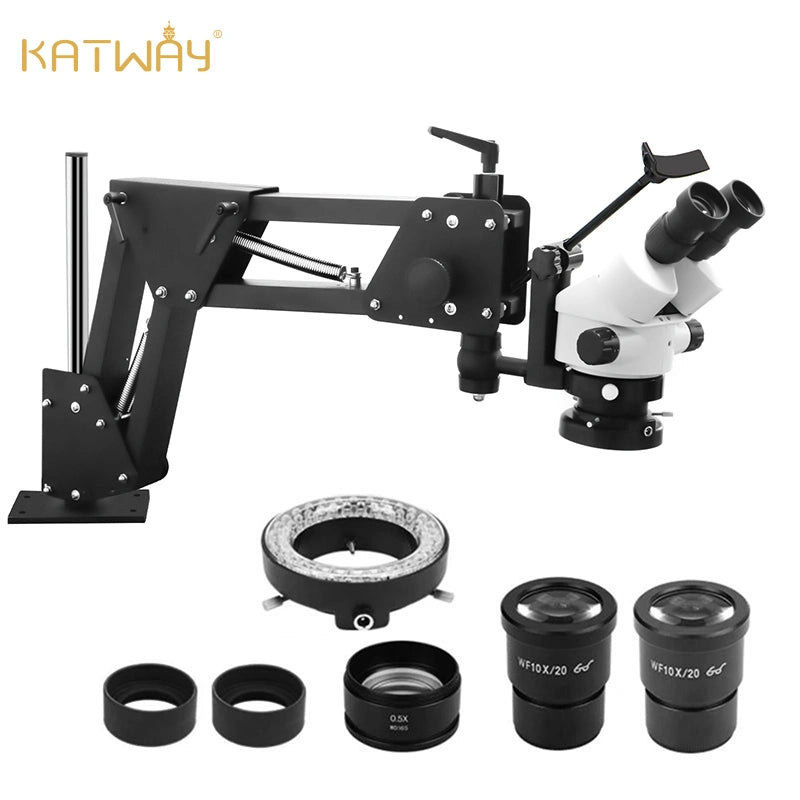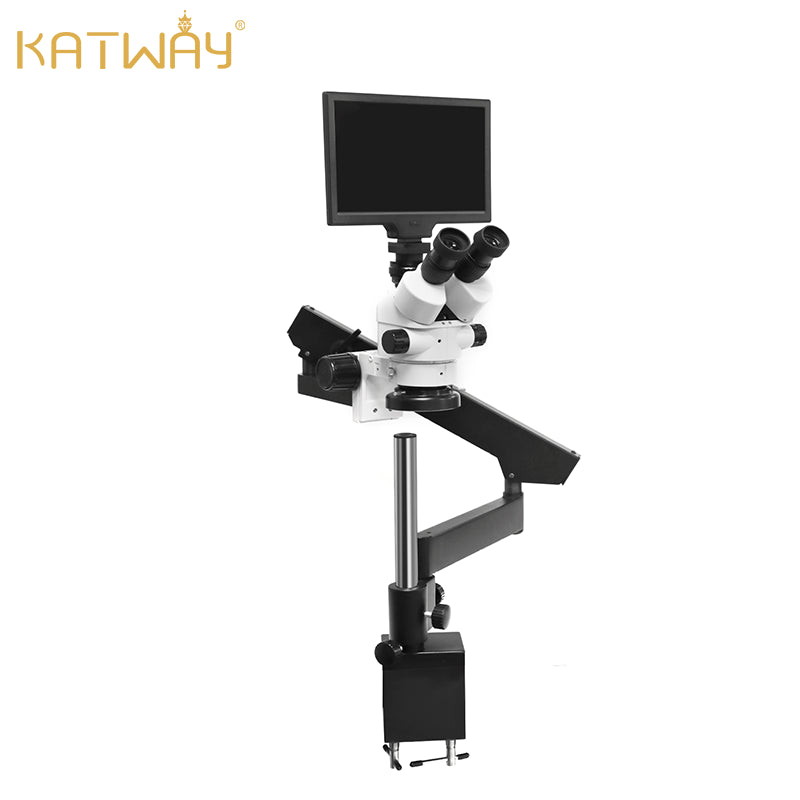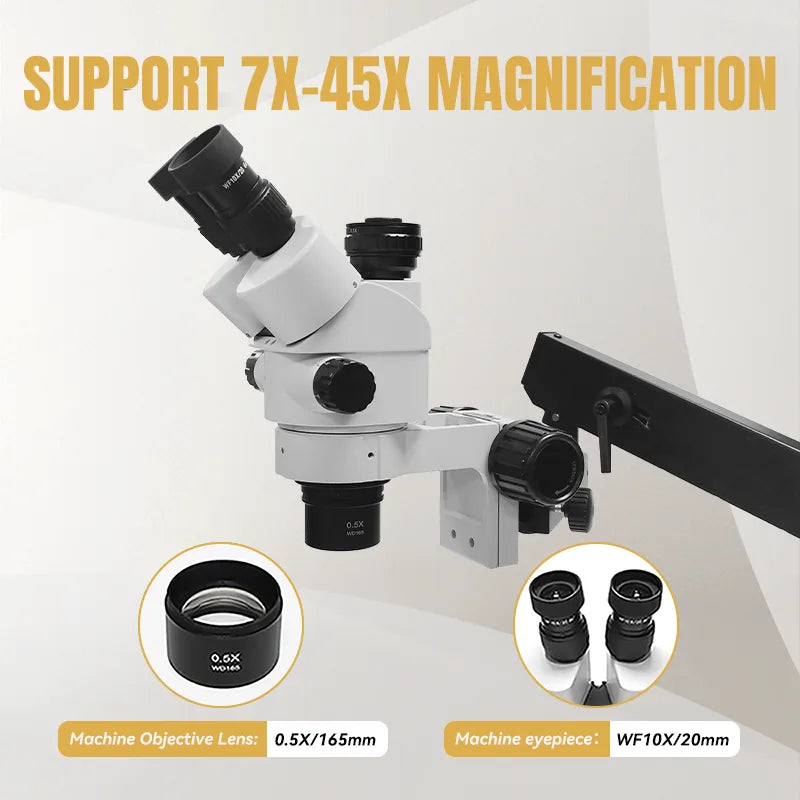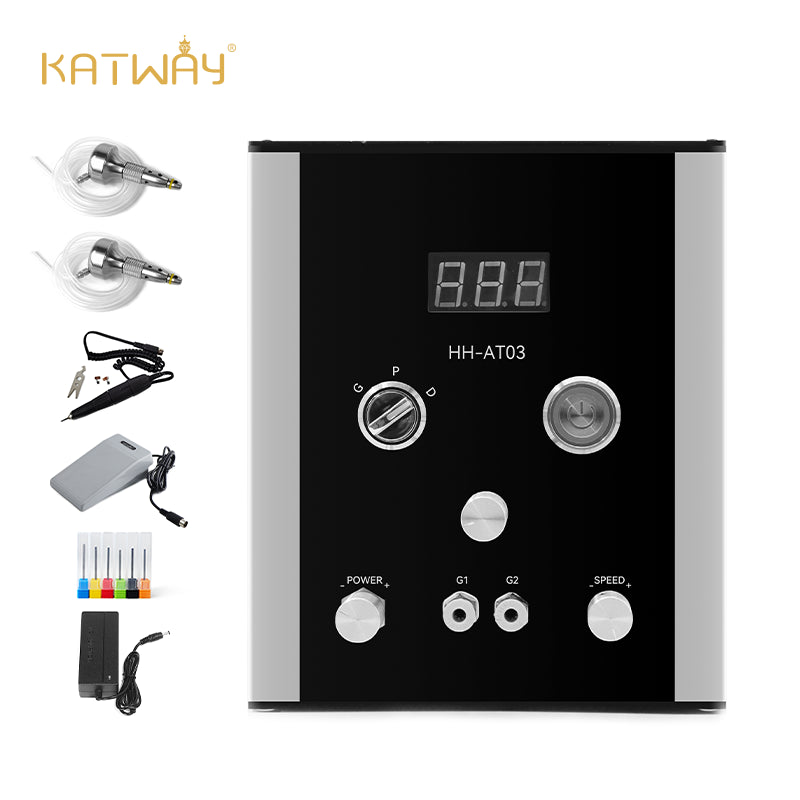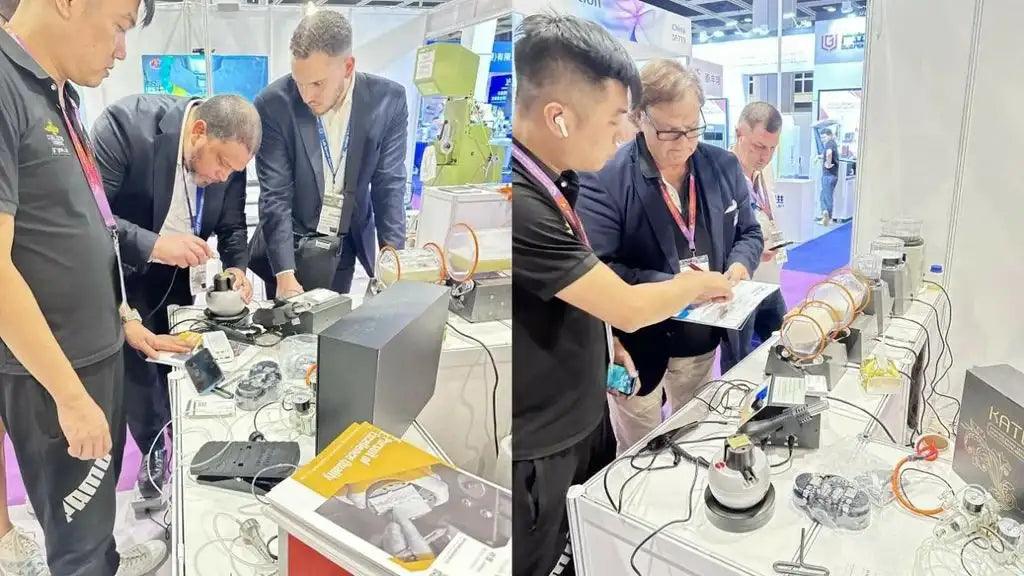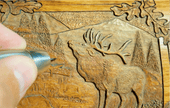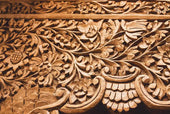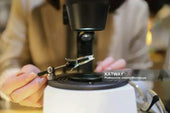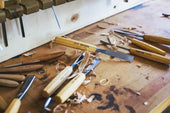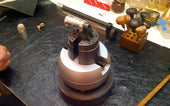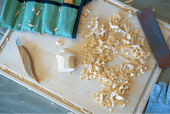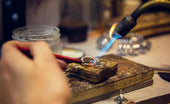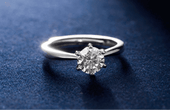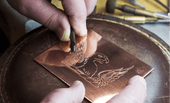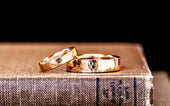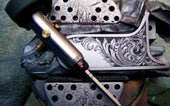How to Make Beautiful Metal Prints
Metal printmaking is a special kind of painting art that uses not a paintbrush but various engraving tools to carve out patterns and lines on a metal plate. The recessed portion of the metal plate is able to carry ink, which is then rendered onto paper through a printing process, resulting in a beautiful printmaking piece. In this blog, we will introduce you to the process of creating metal prints.
What are Metal Prints?
Before we begin, we need to understand what is metal printmaking? The objective fact is that metal prints belong to the intaglio printing technique. Usually a metal copper plate is used as the substrate. A block is then carved into the surface of the metal plate by engraving or etching, inked, and then transferred to paper using a printing device.
The main types of engraved metal plates are: dry engraving method, etching method and drypoint method. The dry engraving method, in which lines are carved directly with an engraving tool, is the most common type of engraving and is the method that is the focus of this article.
The Process of Engraving Metal Prints
Polishing The Metal Plate
The first step in the process of engraving metal prints is to clean the metal plate by sanding and polishing it. The purpose is to remove scratches and oxidized layers on the surface. A clean and smooth metal plate ensures that the final rendering of the pattern will have clearer lines and will not be disturbed by friction marks.
- Preparation tools: metal polishing paste, steel wool, sandpaper.
- Steps: Sand from coarse to fine until the metal surface appears to have a mirror effect.
Determining The Printmaking Pattern
When attempting metal engraving for the first time, it is recommended that you sketch a one-to-one design on paper according to the actual size of the metal plate. Then, using transparent tracing paper or carbon paper, transfer the design onto the metal plate.
Skilled engravers can also use the finest tipped engraving knives or fine pens to engrave the outline of the sketch directly onto the metal plate.
Selecting Engraving Tools
The main tools used for engraving metal prints are an engraving knife set, a pneumatic engraving machine, and a stereoscopic microscope. Each engraving tool has a different purpose.
- Engraving Knife Set: Pointed knives are used for detail and shading, flat knives and chisels are good for large lines or contours, and V-shaped knives are used to carve deep, sharp grooves.
- Pneumatic Engraver: Metal prints are tough and can be easily deepened with a pneumatic engraver.
- Stereo microscope: Magnify the part to be engraved in detail to ensure accuracy.
Engraving Steps
Engraving process: Hold the pointed engraving knife in your hand, wrap the palm of your hand around the end part of the handle, and hold the front part of the handle with your thumb and ring finger. Adjust the angle of contact between the tip of the knife and the metal plate to 45 degrees. Then apply pressure and the carving knife cuts thinly into the metal plate. Move the engraving knife along the design line to create a concave line or groove in the layout.

Engraving Tools: Note the variation in engraving tools, using a flat blade for thick lines, a pointed blade for thin lines, and a stereoscope and pneumatic engraver for fine details.
Engraving strength: The pressure applied by the printmaker to the engraving knife can also be used to create finer or coarser grooves in the layout. For example, carving smooth lines requires controlled force and reduced strength. Deeper marks require more force.
Note: The metal plate should not be placed on a flat table, but on a soft sandbag or pillow to help maneuver and move the plate.

Carving Techniques
Unlike common flat engraving, engraving metal prints uses a unique method of shading lines to enhance the color contrast of the metal prints and provide a better visual effect.
The main process involves using an engraving tool to make marks on the plate in the form of lines, dots and scratches. The closer the markings are arranged, the darker the areas will appear, while areas with fewer markings will appear brighter.
Metallic Printing Process
Inking And Cleaning Process
Once the engraving is complete, the inking process begins. Apply the ink evenly to the metal plate and make multiple rounds of rubbing with a cloth or piece of cardboard to fill all the grooves evenly with oil. Finally, use a burlap cloth to remove excess ink from the surface, but leave the ink in the grooves. It is optional to leave a light layer of ink on the flat surface to create an overall color tone and enhance visual depth.
Printing Procedure
Printing is done with the help of a gravure printing press, which works by applying high pressure to the paper and metal plate by means of a roller, which embosses the ink in the grooves onto the paper.
Before printing, the paper is wetted in advance to remove excess water and to better absorb the ink. Next, the inked metal plate is placed on the printing press platform and overlaid with the treated paper. After that, the cylinder is rotated and the printing is done by pressure. The paper passes through the cylinder, leaving a clear pattern with an indented border.
Finishing The Prints
Remove the printed paper and lay it flat to dry, avoiding contact with the inked surface. When completely dry, trim the edges of the paper for framing, and a beautiful print is complete.
Metal printmaking is an exquisite craft that combines the art of engraving and printing techniques, and although the process of creation is complex, it is full of fun and fulfillment. Read this blog, master the relevant engraving skills, prepare the necessary engraving tools, you can try engraving metal prints, experience a new creation!



